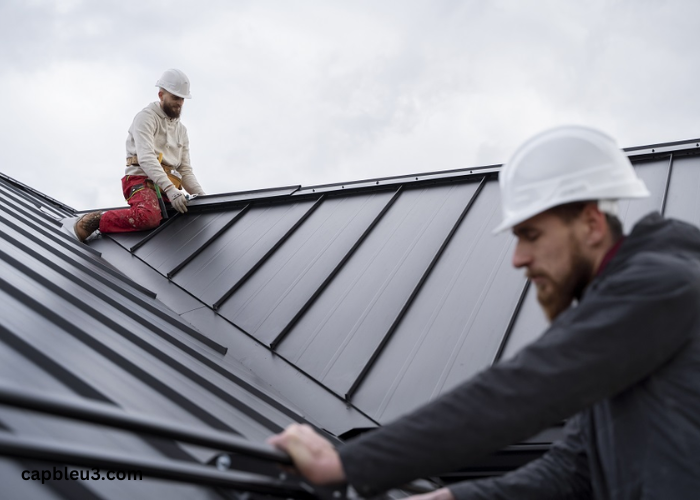
The various components that make up your home’s roofing system cooperate to provide a secure and cozy interior space. When a component of your roofing system malfunctions, it may hurt others and cause issues for your house. This is particularly true for ventilation, which is one of the parts of residential and business roofs that is most frequently overlooked. This article will explain how Roofing Services In Durham, NC can help you select the appropriate roof ventilation for your home or place of business.
The Importance of Attic Ventilation
Maintaining a properly ventilated attic is crucial to the longevity of your roofing system. Healthy airflow throughout the building is made possible by ventilation, and this helps protect your roof from the inside out. The ventilation system on your roof keeps your house safe during all seasons, from chilly winters to hot summers. In actuality, adequate attic ventilation has many advantages. The following are a few of ventilation’s main benefits:
Enhanced Energy Economy
A major advantage of having enough ventilation in your house is increased energy efficiency all around. Your monthly utility expenses may increase if your attic heats up excessively since your air conditioner will have to work harder to keep the interior temperature stable. Your energy systems work in tandem with your intake and exhaust ventilation to maintain a steady temperature within your house when your attic is adequately ventilated rather than working nonstop.
Control the Temperature in Your House
As previously indicated, having enough ventilation in your house contributes to a more consistent temperature, which lowers utility costs. This is not only better for your pocketbook, but it also lets you and your family relax and take in the atmosphere inside your house without having to deal with daily temperature swings or significant shifts. You have better control over the interior climate when you have proper ventilation.
Prevents Damage from Moisture
Moisture damage can occur in the attic when hot, humid air builds up due to insufficient or nonexistent airflow. More condensation builds up on your walls, insulation, and flooring the longer the warm, stagnant air is in place. This can eventually cause issues with mold, mildew, and even structural stability if the water damage keeps seeping into various parts of your house. Moisture-related damage to insulation reduces its efficiency and exacerbates the issues. You can prevent moisture buildup and all of the associated harm by having enough airflow.
Reduces Risk of Ice Dams
Homes with inadequate ventilation run the risk of developing deadly ice dams during the chilly winter months. The formation of an ice dam happens when the heat from your attic melts the top layer of snow, causing it to flow down the slopes of your roof, which are normally shielded from the heat from your attic. The melting snow then re-freezes on the eaves as the temperature drops, producing hazardous icicles or dams. The ice dam expands and poses a greater risk to your roofing system as the cycle goes on. Ice dams eventually have the potential to harm roofing and seriously necessitate costly interior home repairs. You can lessen the likelihood of developing ice dams when you have adequate ventilation.
Prevents Issues and Insects
Lastly, having adequate ventilation in your house lowers the possibility that mice, pests, and other vermin can establish a home in your attic. Animals look for warm, enclosed places to stay throughout the winter. If there’s not enough ventilation in your attic, it’s the ideal area to build a winter residence. You will be vulnerable to all of the issues related to infestation at that point. An adequate ventilation system keeps out pests and the problems they cause.
It happens frequently that adequate ventilation should be noticed. By keeping an eye out for any warning indications of a problem, you can manage the ventilation in your house as a proactive homeowner. Inadequate ventilation may be indicated by the appearance of rust, corrosion, dampness, water damage, frost, ice buildup, HVAC issues, or noticeably different heating and cooling expenses. Make an appointment for an inspection and consultation with roofers if you need clarification on whether the ventilation system you currently have is operating as it should.